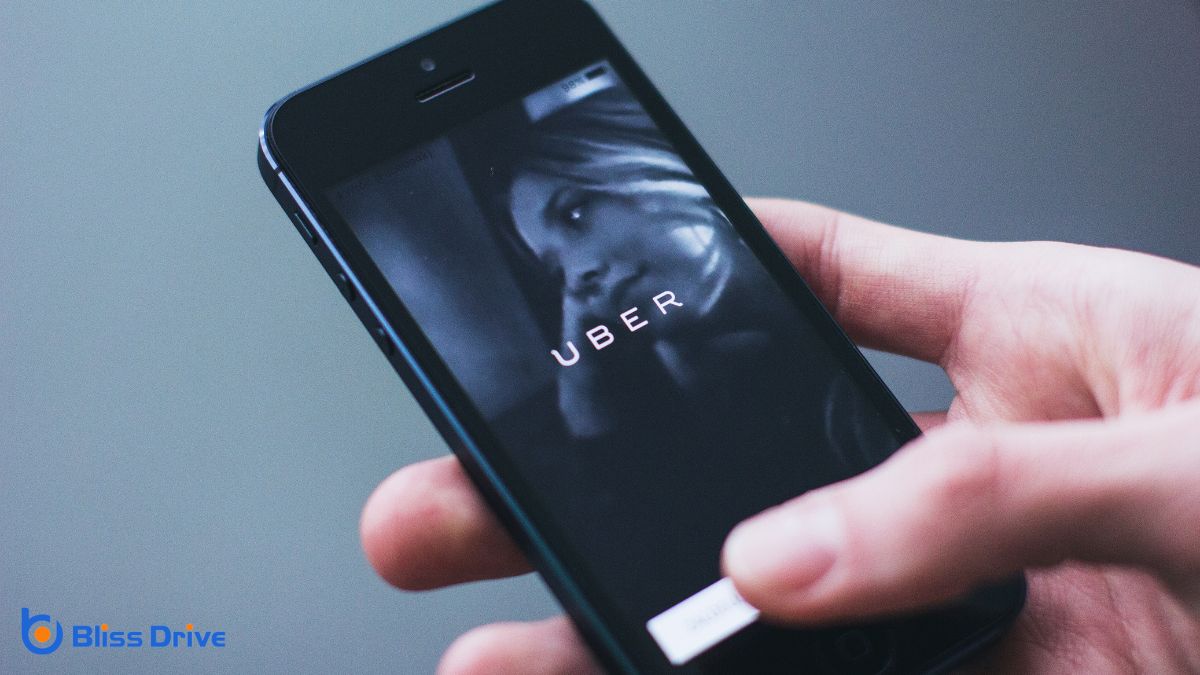Learn More About Us

As a mobile user, you likely prefer payment options that offerThe specific product or service being promoted by affiliates. convenience and security, like mobile wallets, contactless payment solutions, and peer-to-peer apps. Mobile wallets provide the ease of storing multiple cards on your smartphone, while contactless solutions let you make quick transactions with a simple tap. Peer-to-peer apps simplify sending money to friends or family. Traditional credit and debit cards, however, remain a staple due to their wide acceptance. Discover more about these payment preferences next.

In recent years, mobile wallets have transformed how people make payments by offering a convenient and secure alternative to traditional methods.
You've probably noticed that carrying a physical wallet isn't as necessary as it used to be. Mobile wallets let you store multiple payment methodsVarious options for customers to pay for products, such as credit cards, PayPal, and digital wallets... on your smartphone, making transactions quick and easy.
They're not just about replacing cash; they're also about enhancing security. When you use a mobile walletA virtual wallet that stores payment information on a mobile device, allowing for quick and secure t..., your actual card details aren't exposed during transactions. Instead, encrypted information is used, reducing the risk of fraud.
Plus, with features like biometric authentication, such as fingerprint or facial recognition, your payments are more secure. Embracing mobile wallets means you're at the forefront of a digital revolution in personal finance.
You're probably familiar with the ease and speed that contactless payment solutions, like tap and go, provide in your everyday transactions.
These methods not only offer convenience but also enhance security and privacy by reducing the need for physical cards.
As more people embrace this technology, you'll notice a growing trend toward widespread adoption across various sectors.
Ever wondered why contactless payment solutions are taking the world by storm? It’s all about convenience and speed.
Imagine this: you’re in a rush, juggling coffee and your phone. Instead of fumbling with cash or cards, you simply tap your phone on a terminal and go. It’s seamless and saves precious seconds that add up, especially when you’re on the move.
With contactless payments, you avoid the hassle of counting change or entering PINs. Transactions become quick and efficient, making them ideal for busy lifestyles.
You can skip the long queues or any awkward waiting time. Plus, many places now offer tap-and-go options, so you’re never stuck looking for an ATM. It's a game-changer in making your day smoother.
While the convenience of tap-and-go payments is undeniable, security and privacy remain top concerns for users. You don't want to compromise your financial safety for the sake of speed.
Thankfully, contactless payment solutions take this seriously. They use encryption to protect your data, ensuring your information stays confidential. Each transaction is assigned a unique, one-time code, so your card details aren't shared with merchants. This minimizes the risk of fraud and identity theft.
Plus, biometric authentication, like fingerprint or face recognition, adds an extra layer of security. But remember, staying vigilant is key. Regularly check your statements for any unauthorized transactions and update your phone's operating system to protect against vulnerabilities.
Your peace of mind is worth the effort.
As you safeguard your transactions with the latest security measures, it's clear that contactless payment solutions aren't just secure but also increasingly popular.
This trend, often dubbed "Tap and Go," offers a fast, convenient way to pay. You might've noticed that more retailers are embracing this technology, and it's not hard to see why. Users appreciate the simplicity, speed, and safety it offers.
Here's why you should consider adopting it:
With these benefits, contactless payments are becoming the go-to choice for mobile users like you.
In today's fast-paced mobile economy, traditional credit and debit cards remain a cornerstone for many users, providing both convenience and security.
You rely on them for everyday transactions, whether shopping online or in-store. With wide acceptance across various platforms and retailers, these cards offer a seamless experience without needing to switch between different payment methods.
You appreciate the additional security features like fraud protection and chargeback options, which safeguard your funds and purchases.
Furthermore, rewards and cashback programs offer extra incentives for using your cards, enhancing their appeal.
While mobile paymentPayment services operated under financial regulation and performed from or via a mobile device. technologies are growing, the familiarity and reliability of credit and debit cards guarantee they maintain a strong presence in your digital wallet, catering to your diverse payment needs.
Even though traditional credit and debit cards remain a staple in your financial toolkit, peer-to-peer payment apps are reshaping how you handle everyday transactions.
These apps make it incredibly easy to transfer money between friends, family, or even businesses. With just a few taps, you can split a dinner bill, contribute to a group gift, or pay for services without needing cash or card swipes.
Here’s why you might prefer using peer-to-peer payment apps:
Choose the app that best fits your needs and enjoy seamless transactions.
You're probably noticing how cryptocurrency is making waves in mobile payments, with adoption growing steadily.
However, you're also likely aware of the security and privacy concerns that come with it.
As you explore mobile apps, you'll find that integrating cryptocurrency can offer both challenges and opportunities in this evolving digital landscape.
Although mobile payment solutionsTechnologies and platforms that facilitate secure mobile transactions. have rapidly evolved, cryptocurrency adoption has added a transformative layer to the landscape.
You’re probably curious about how this shift affects mobile payments. Well, crypto offers several advantages that might draw you in:
These trends are reshaping how you engage with mobile payments.
While cryptocurrency offers exciting advantages for mobile payments, it also introduces a unique set of security and privacy concerns you must consider.
First, the irreversible nature of cryptocurrency transactions means that once a transaction is made, there's no going back. If you mistakenly send funds to the wrong address, recovering them is nearly impossible.
Also, the anonymity that cryptocurrency provides can be a double-edged sword. While it protects your identity, it can also attract cybercriminals who exploit this feature for fraudulent activities.
You must also safeguard your private keys vigilantly; losing them means losing access to your funds permanently.
Finally, be aware that fluctuating regulations in different regions can impact how securely and privately you can use cryptocurrencies for mobile payments.
Maneuvering the security and privacy concerns of cryptocurrency is only part of the equation; understanding its integration with mobile apps can redefine your payment experience.
By seamlessly incorporating cryptocurrencies, your app can offer faster, borderless transactions and greater accessibility.
Here’s how you can enhance your cryptocurrency payment experience with mobile apps:
As mobile payment systems become increasingly popular, it's essential to address the security concerns that may hinder their widespread adoption. You might wonder whether your financial data is safe when using these platforms.
The good news is that mobile payment providers invest heavily in security measures like encryption and tokenization to protect your information. However, you should still stay vigilant. Use strong passwords and enable two-factor authentication for an extra layer of protection.
Be cautious about downloading apps from unknown sources, as they might compromise your data. Regularly update your device and apps to patch any security vulnerabilities.
How do different regions around the world embrace mobile payment methods?
You'll find that preferences can vary greatly depending on local cultures and technological adoption. In Asia, mobile wallets like Alipay and WeChat Pay dominate, offering seamless integration with social media and e-commerce platformsSoftware solutions that allow businesses to create and manage online stores, such as Shopify, WooCom....
Meanwhile, Europeans often prefer contactless card payments, though mobile apps like PayPal and Apple Pay are gaining traction. In contrast, North America shows a diverse approach with credit cards, apps like Venmo, and mobile wallets all in the mix.
Here's a quick rundown of regional preferences:
Understanding these preferences can enhance your mobile payment experience.

To keep up with the evolving landscape of mobile payments, businesses need to be agile and responsive to consumer preferences. Start by integrating popular mobile wallets like Apple Pay, Google Pay, and Samsung Pay into your payment system.
Offer a seamless checkout experience by ensuring your mobile site is optimized for all devices.
Stay updated with the latest security protocols to protect customer data, fostering trust and encouraging mobile transactions. Regularly analyze customer payment data to understand and anticipate trends, enabling you to adapt quickly.
Train your staff on new payment technologies to provide excellent customer service. Encourage feedback to gauge satisfaction and identify areas for improvement.
As a mobile user, you're part of a rapidly evolving payment landscape. Embrace the convenience of mobile wallets and contactless solutions that make transactions quick and easy. While traditional credit and debit cards remain reliable, peer-to-peer apps offer simplicity. Keep an eye on cryptocurrency's impact, but prioritize security when choosing payment methods. Regional preferences may influence your choices, so stay informed. Businesses, tailor your offerings to these trends to meet your needs effectively.
